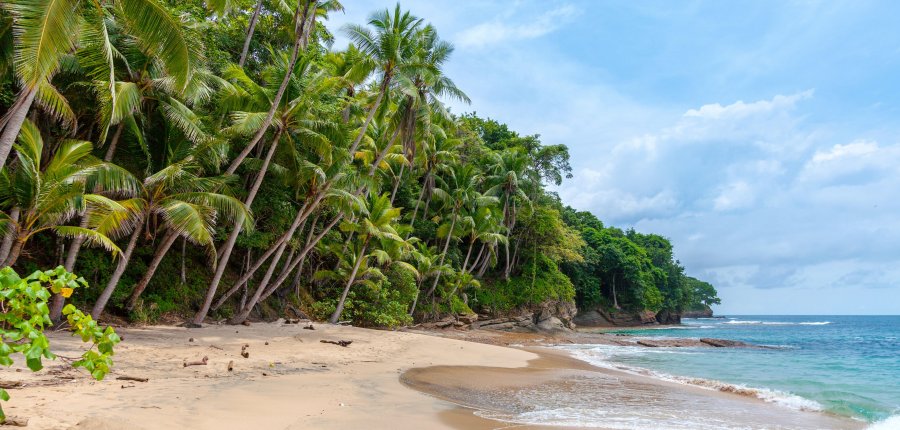
A thought experiment: what would happen if you mass administered an antibiotic to an island population in the tropics? Would incidence of bacterial disease go down? Would AMR increase?
Thanks to a fascinating study by Beale et al, published this month in the Lancet Microbe, we do not have to imagine. In an attempt to lower the community burden of yaws, a disease caused by Treponema pallidum subspecies pertenue, 16, 000 residents of the island of Lihir in Papua New Guinea were given a single dose of azithromycin back in 2016. Since yaws is often sub-clinical, people were treated with the drug regardless of infection status in an attempt to reduce the overall carriage of the pathogen in the community.
So, what happened?
Well, the prevalence of yaws was reduced from 1.8% to just 0.1% over the course of 18 months. That’s the good news. On the other hand, infection began to re-emerge after 24 months, and yes, genetic resistance to azithromycin emerged.
Although the key findings of this study have been reported previously, these new data utilised whole genome sequencing direct from participant swabs to resolve the study in greater detail. It is probably not a surprise that the selective pressure exerted by the mass drug administration reduced the diversity of T p pertenue sequence types to a single, dominant sequence type.
The authors speculate that the emergence of resistance may have been due to either the waning concentration of drug in the tissues of the patients to sub-optimal levels over time and then re-infection with the bacteria, or de novo evolution of resistance during treatment.
The re-emergence of yaws reflects the triumph of reality over theory because this study, unlike the thought experiment I proposed, did not take place in a closed system – even though every possible effort was made to do just that but treating an entire island population. Either cases of yaws were imported from outside the island, or a carrier was missed from the treatment program, or the drug was ineffective for some reason in a few cases, but the result is the same – when the drug was taken away, the disease re-emerged.
This presents a real-world challenge to similar mass administration tactics, and specifically to the WHO’s Morges Strategy, which relates to the treatment of yaws. The emphasis on optimal compliance and monitoring is well intentioned, but it is difficult to see how any repeat would not end the same way as the Papua New Guinea trial.
So does this mean that mass drug administrations have no future?
I think they still have value. Just because the disease eventually came back to the community, does not negate the fact that human health did improve during the trial. Yes, drug resistance was apparently selected for, but with responsible wide-spread monitoring of antimicrobial resistance, this could be mitigated by early intervention and appropriate treatment with an effective antibiotic.
Which communities are appropriate for mass drug administrations, against which diseases and with which antibiotics remains an important consideration. Finding the balance between responsible use of antibiotics while making the greatest impact on human health requires careful study; well-planned, real-world interventions with rigorous critical assessment are most welcome.
Our postgraduate taught courses provide health practitioners, clinicians, policy-makers, scientists and recent graduates with a world-class qualification in public and global health.
If you are coming to LSHTM to study a distance learning programme (PG Cert, PG Dip, MSc or individual modules) starting in 2024, you may be eligible for a 5% discount on your tuition fees.
These fee reduction schemes are available for a limited time only.
